


 |
 |
 |
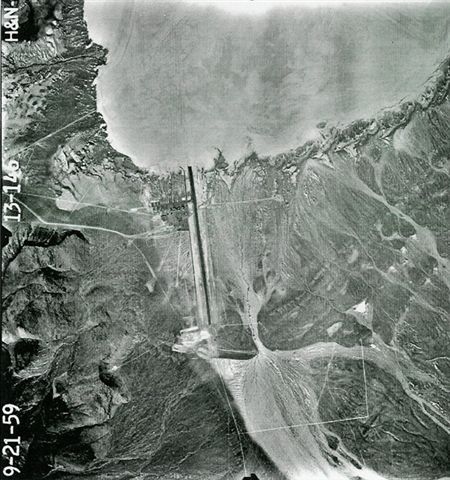

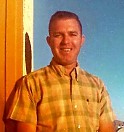 |
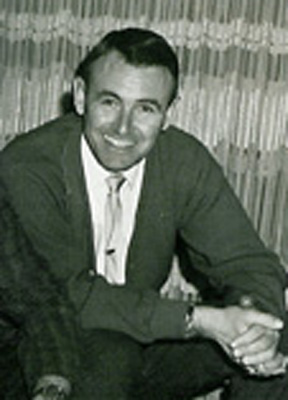 |
||
| TD Barnes | Ralph (Jim) Freedman | Dave Haen | Denise Haen |
Denise handled the administrative needs from recruiting, security, safety, human resources from the EG&G building on Sunset Road. Denise holds the distinction of being the first female to hold the title of Director of Special Projects Administration. Denise retired from Special Projects after 31 years of service.
Dave Haen was a telemetry specialist during Project Oxcart. During Project Have Drill he was involved with a new radar. From that point on his career is still classified Top Secret. Over the course of over 30 years in Special Projects, Dave advanced to Director of Site Support Operations.
Jim Freedman came from the atmospheric testing of the atomic bomb at the various remote areas of the world to the special projects team as a supervisor.
Barnes was recruited off the NASA High Range at Beatty where he was flight testing the X-15, XB-70, Lifting Bodies, Lunar landing Vehicles, and the A-12, though at the time they were not told what they were tracking during the A-12 and YF-12 flights. The Beatty tracking station was essential to the Blackbird programs because of it having velocity recording capabilities and other features including radar, telemetry, data collection, and communications necessary for high Mach flight support. The XB-70 was a Mach 3+ vehicle and the X-15 flew above Mach 6.
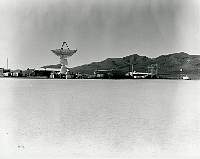 |
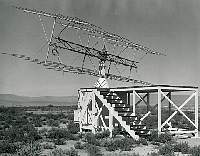 |
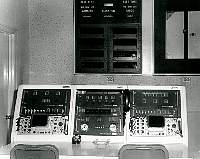 |
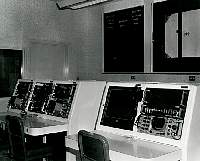 |
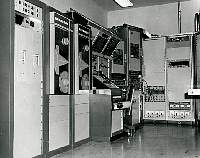 |
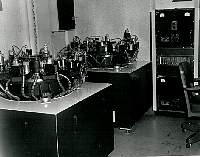 |
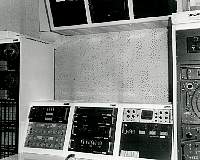 |
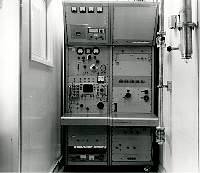 |
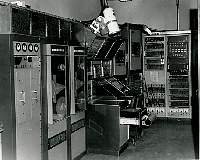 |
Because from project to project the identity of "the Customer" changed, there was never an established means of transporting the Special Projects team to the Ranch and back. This was further complicated where some in the same job department were so essential to national security that they could not ride in the same common carrier, even the to the mess hall. Some flew to and from in a Kingaire housed in a small building near the end of the runway at McCarran Airport. At other times the team boarded a Martin 202 or Otter within the security area of the F-111 at Nellis AFB, which at the time was super secret. At times it was on Air Force aircraft carrying supplies to the facility. They often joked that they never knew if they would be riding with bombs or chickens.
At one point between projects the team was transported through the Atomic Testing Range in a Chrysler limo with AEC identification on the doors. This drew many complaints at the Nevada Test Site when this limo blasted down the Widow Maker at 90 MPH each Friday. Especially after they stopped at Indian Springs (as did all Roadrunners) to pick up a few six-packs of beverage for the ride home. Since they didn't exist no one was able to track down who was in that limo.
PROJECT OXCART:
 |
THE SPECIAL PROJECTS TEAM LEGACY:
No books have ever mentioned this segment of Oxcart or projects that followed other than to mention that RCS tests were conducted, yet this small team probably did more to win the Cold War than most any other single group in the nation. (Think Red Flag and Top Gun) (Think Star Wars and beyond) (Think now). There is a reason for this lack of notoriety. Some of you will recall towards the end of OXCART that an Army Nike X-band radar system was installed within the radar array about the same time a MiG 23 Fishbed started appearing on the "pole" to be joined later by a couple MiG-17 Frescos. That was one of Barnes' radar systems when he was in the Army with a Nike unit at Fort Bliss, Texas.
It was the "other" projects such as the MiG Have Doughnut, Have Drill, and Have Ferry projects that kept the special projects team sequestered from the rest of the Oxcart teams. Project HAVE DOUGHNUT was the exploitation of a Soviet-built MiG-21F-13 (FISHBED E) fighter-interceptor conducted from 23 January to 8 April 1968, the final months of Project OXCART. Projects HAVE DRILL and HAVE FERRY were two Soviet-built MiG-17F (FRESCO Q fighter-interceptors exploited from 27 January to 30 June 1969. The exploitation was performed under the direction of Foreign Technology Division by a team of specialists drawn from throughout the USAF and USN, including the Laboratories at Wright-Patterson AFB, the Air Force Flight Test Center, the Naval Air Test Center, Naval Weapons Center, the Air Tactical Command, and the Special Projects team at Area 51. In addition to tracking the dog fights staged between the various MiG models against virtually every fighter in U.S. service, and against SAC's B-52 Stratofortress and B-58 Hustlers to judge the ability of the bombers' countermeasures systems, they performed radar cross-section and propulsion tests that contributed greatly to improvements in U.S. aerial performance in Vietnam.
During the design and testing of the A-12 the Special Projects did not have computers so they used slide rules. One thing the Special Projects team did jointly was design and build a computer to interface all the systems to prevent human error during a mission. The computer was programmed to know every switch position and signal level from all the systems and to alert the control room if there was an anomaly. The man-hours to accomplish this were enormous.
During this period this group was also involved in the early stages of Projects HAVE BLUE (stealth), the most secret project since the Manhattan Project, "SENIOR TREND" (F-117), and TACIT BLUE.
What was learned during these projects at Area 51 prompted the U.S. Navy to commence Top Gun exercises first at Miramar, California and then Fallon, Nevada. Shortly thereafter the U.S. Air Force commenced its Red Flag exercises at Nellis AFB, Nevada. One can only imagine what has been developed since Star Wars. A glimpse into the control van of the Predator gives one a clue how ancient the special projects team of Project OXCART is now, though they were the cutting edge of technology at that stage of their lives. What would the technological community have done without the Roadrunners to pioneer the way?
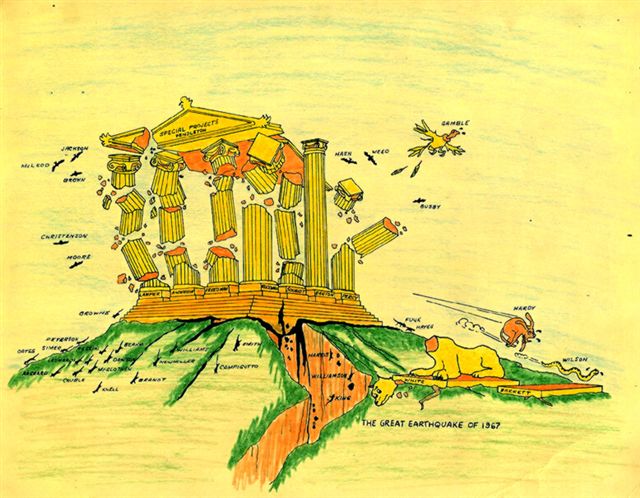
Drawing by Sammie Gamble depicting the reaction of the EG&G Special Projects team to the CIA announcing the termination of Project Oxcart
EG&G Special Projects Organization #6300 at Groom Lake 1960s
Team Roster
| Babjack, R.J. | Dockter, Marvin R. | Hardy, Leroy C. | Long, James E. | Swenson, Marvin L. |
| Barnes, Thornton D. | Evans, Paul M. | Heaps, Kenneth L. | Luker, Bobby V. | Thomas, Jeff D. |
| Beahm, Glen M. | Freedman, Ralph J. | Hunt, Lee D. | McGlothen, Willie | Vittetoe, Dennis E. |
| Becherer, Charles B. | Gamble, Sammie L. | Jenkins, Wesley G. | McLeod, William F. | Washam, Charley P. |
| Christensen, Calvin D | Grace, John W. | Kirchhoff, Robert T. | Owens, Elridge W. | Watson, Galen E. |
| Dawson, Cowan F. | Haen, David B. | Leonardi, John | Starry, Clifford E. |
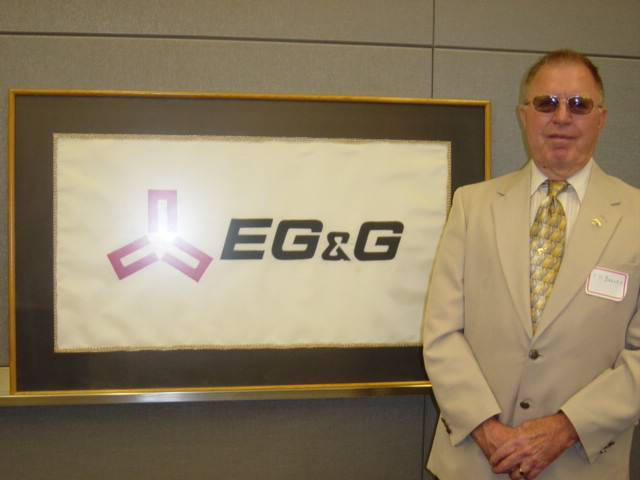
 |
 |
 |